Single Source of Truth with Computerized Maintenance Management Systems
Here are some tips for how to arrive at solid maintenance information as well as a look at how analytics software is bridging CMMS with real-time operations data.

When it comes to software for maintenance in distribution centers, being integrated is not the same thing as being rigid. While the trend is toward adding more data and functionality into a single computerized maintenance management system (CMMS), insisting on having everything in one CMMS may not be the answer for every DC.
On a practical level, many DCs have multiple equipment providers or specialized technicians providing maintenance services. Some companies may have one CMMS for buildings and grounds and a different one for materials handling systems. Forcing every single piece of data into one system may not be practical.
What does make sense, according to some CMMS vendors, is to at least have centralized visibility over maintenance of materials handling systems, especially regarding downtime, repair turnaround performance, spares spending and overall costs. But, that arrangement might require uploading data from partner systems if contractors perform maintenance work on your behalf.
“You can use CMMS to track third-party providers,” says Diane Blair, director of field operations with Honeywell Intelligrated, a warehouse automation provider that also offers software including a CMMS solution. “Different vendors will typically have their own way of running their [maintenance] work orders, however, with our CMMS, we have many operations where we actually manage third-party vendors for our customers, and those vendors can be set up within CMMS.”
In some cases, explains Blair, key pieces of data from third-party systems, such as information from completed work orders or field reports, can be scanned and uploaded to the CMMS. “That provides us with the ability to go in and see the true cost of ownership,” Blair says.
And sometimes, adds Blair, companies using Honeywell Intelligrated’s Web-based CMMS solution will have Honeywell Intelligrated manage the CMMS for materials handling equipment, but not for general building maintenance. These users are free to upload facility maintenance data into the Web-based CMMS to support a consolidated view of all maintenance costs and trends. By leveraging one solution, says Blair, you avoid isolated pockets of maintenance data.
“All of these assets have to be tracked somehow,” Blair says. “The days of being able to do this with Excel spreadsheets are long gone. The reality is that the maintenance function in DCs has become extremely data heavy—everything from tracking the seconds of downtime on specific pieces of equipment, to the move toward predictive maintenance.”
Why one system?
An integrated, Web-based view of maintenance information within one CMMS results in valuable insights, says Kieran Ryan, director of maintenance for the Logistics Services group of Dollar Tree, a major operator of discount variety stores. Dollar Tree, which also has Family Dollar stores, is moving to a single Web-based CMMS solution for its DCs.
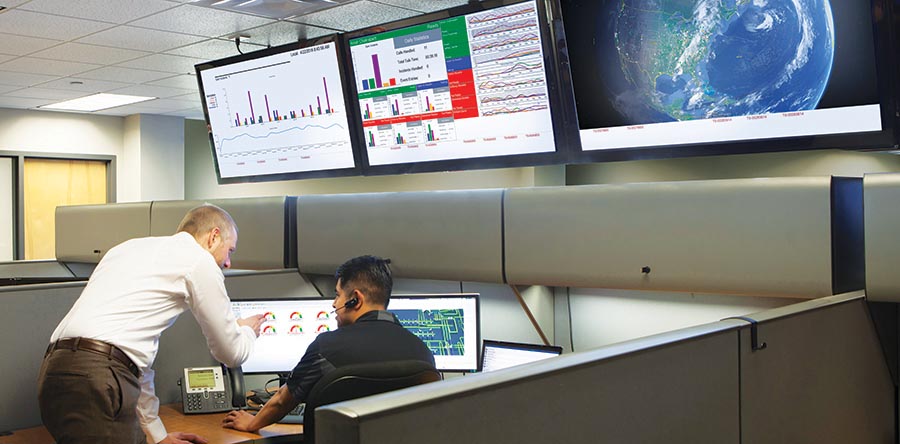
Some CMMS vendors say it makes sense to centralize visibility over maintenance of materials handling systems, especially regarding downtime, repair turnaround performance, spares spending and overall costs.
Over the past 18 months, multiple DCs for Dollar Store and Family Dollar stores have been converting to the Web-based CMMS, says Ryan. Having a common platform that brings together maintenance data performed by all parties helps the company arrive at true cost of ownership to justify annual and long-term asset planning, he explains.
“Depending on the site, network and organization will determine how you want to do CMMS,” Ryan says. “However, by managing [maintenance] within one Web tool, you can manage all the work performed with standard procedures by your team or work that contractors perform on site. A contractor might perform some PMs [preventative maintenance] events but another supplier or your internal team might work on correctives. By not having all the data for the work performed on an asset, you lose visibility over the total cost of ownership for the asset.”
Having a single CMMS does not in itself guarantee high-quality information, points out Ryan. Technicians using the solution must be sure to properly complete all work order data points, which feeds the CMMS reports and sends alerts with data it needs for inventory adjustments and labor planning and performance.
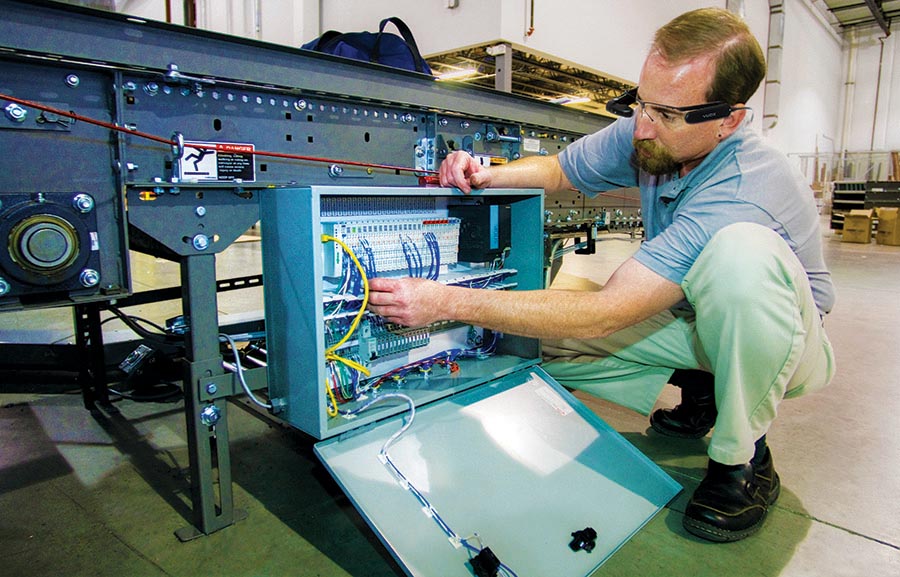
CMMS solutions are becoming more capable of predictive maintenance, thanks to analytics that crunch real-time data on machine activity.
“The No. 1 goal is to ensure accuracy in the work order,” says Ryan. “A second key tip is to make sure that the team accounts for more than 95% of their hours worked in a week within the CMMS tool. This will help with staffing justifications to sustain a performance level of the asset under its care.”
Some DCs might have to use two CMMS solutions—one for general facility maintenance and another one for materials handling equipment. Leveraging different systems is not necessarily wrong, says Patrick S. Sedlak, a principal with Sedlak Supply Chain Consultants, and is often an outgrowth of having two maintenance groups—one for warehouse equipment and one for building upkeep.
The two worlds do intersect, notes Sedlak, especially when it comes to ensuring reliable electric supply to the materials handling automation. Also, adds Sedlak, within the realm of materials handling systems, it’s best to consolidate key data such as work orders and spare parts use, even if multiple parties are involved. “You do certainly need to roll that type of data up and keep track of what’s going on,” he says.
While some DCs have external contractors who perform maintenance, Sedlak says that within his largest clients—the bigger facilities that have high-end warehouse automation such as shuttles or complex conveyor/sortation, the trend is to have an on-site technician for critical systems. “Most of our biggest clients do not use vendors for maintenance for the very complex automation systems,” Sedlak says. “They hold that in-house and only call the vendors for the more major issues that aren’t solveable for the in-house team.”
When you need to consolidate data like work orders or spare parts consumption by contractors, it’s critical to have a CMMS solution with integration mechanisms such as application programming interfaces (APIs) to your enterprise resource planning (ERP) system, points out Ryan. “With the new Web-based tools, there is more access to APIs that will allow you to sync up with key suppliers on work orders, spare parts, work order procedures and updated manuals,” Ryan says.
Toward predictive
It used to be that CMMS, also known as enterprise asset management (EAM) software by some vendors, were mainly about executing work orders and managing spares, with maintenance schedules mainly based on static “preventative” intervals. But that is changing. CMMS solutions are becoming more capable of predictive maintenance, thanks to analytics that crunch real-time data on machine activity.
In part, this trend toward predictive maintenance is enabled by vendors of automation that not only offer warehouse execution system (WES) and warehouse control system software, but also CMMS. Warehouse automation vendors with these expanded software offerings also are coming up with predictive analytics packages that can be used to drive predictive maintenance.
“Historically, there have existed siloed systems for the view of the world versus the maintenance view of the world, but now we are bringing together those views within a common platform,” says Scott Wahl, vice president for global software for Dematic, whose offerings span warehouse automation, WES and CMMS.
Wahl agrees that it’s generally preferable to consolidate maintenance data within one CMMS but points out that it’s also important to bridge WES and analytics with CMMS to make maintenance more predictive.
“The sophistication that customers are expecting from CMMS is only increasing,” says Wahl. “Being able to do preventative maintenance is core to any good CMMS, but now we’re looking at capability for using machine learning to do more sophisticated maintenance. And I think this becomes more and more possible as we are able to ingest and process more data given the way that Cloud technologies have evolved in the last few years.”
Increasingly, says Wahl, warehouse operators with complex automation are looking to their automation vendors for software that is able to bring the gaps between real-time monitoring of the automation, alerts, analytics and CMMS. “It’s becoming a question of how to bring information together to enable a single source of truth for your facility,” says Wahl.
Honeywell Intelligrated offers an analytics solution called Connected DC that brings together data from machine level sensors, smart controllers and connected devices to capture information on asset health and facility performance. According to Blair, the company is working to link CMMS with Connected DC to move maintenance into more of a predictive mode.
Predictive maintenance is vital to busy fulfillment centers, says Blair, because static maintenance intervals don’t take into account the real-time wear and tear on components. “We can have insight into when a piece of equipment is beginning to get into trouble, so that we no longer run [a system] to failure,” says Blair.
Maintenance foresight
Even if a company can put its key asset data and maintenance work order data into one CMMS, that doesn’t guarantee optimal maintenance processes. As Dollar Tree’s Ryan point out, CMMS work order procedures must be properly followed on an ongoing basis to achieve good asset management. Excellence with CMMS also starts early, Blair points out, by establishing standard operating procedures for what data needs to be captured in a CMMS, or even thinking through best practices such as where spares should be stocked.
For some larger DCs, says Blair, spares for materials handling systems are best kept close to the equipment, rather than a central storeroom. “We try to reduce downtime by strategically staging components close to specific equipment so that if there ever is an issue, people are have components and tools nearby,” Blair says.
When new DCs are being designed or major expansions are taking place, it’s also important to think about reliability, says Sedlak. Since DCs are becoming more heavily automated, it’s now common to specify that new facilities or expansions have redundant power elements such as back up power generation.
In short, it’s best to think about maintenance early on. Consider what data should be centralized under a CMMS, and what procedures should be followed, to protect against any unplanned downtime, compliance needs and loss of throughput.
“A minute can be very costly,” Blair adds. “We have customers processing a million cases a day. For them, loss of a minute is massive.”
Companies mentioned in this article
- Dematic
- Dollar Tree
- Honeywell Intelligrated
- Sedlak Supply Chain Consultants
View Maintenance, Repair & Operations Products and Accessories
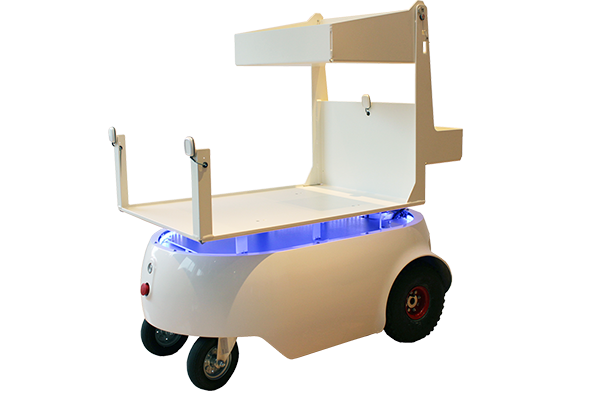 Autonomous Trolley BOT robot
Autonomous Trolley BOT robot
Autonomous robot provides maintenance support.
 Solumina software
Solumina software
Reduce costs with digital manufacturing.
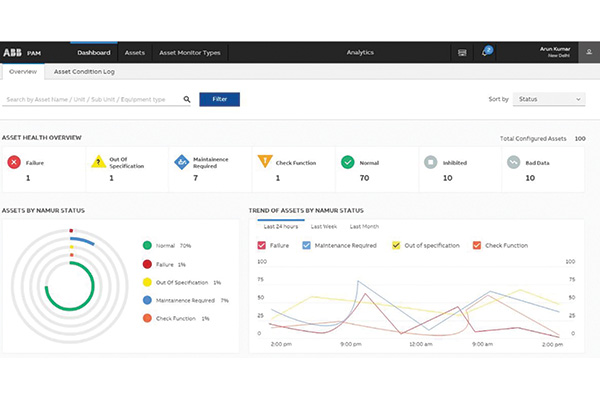 Asset Management Application digital solution
Asset Management Application digital solution
Monitor, protect equipment with asset management app.
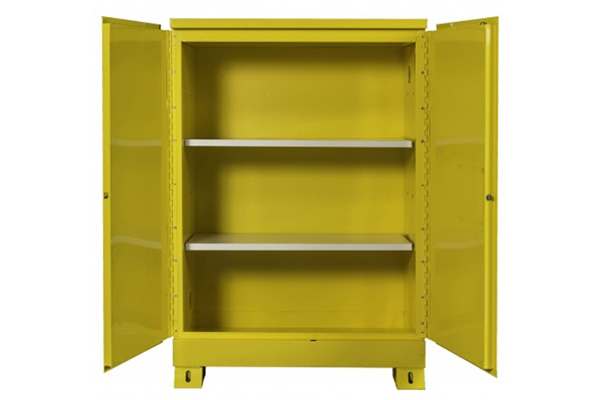 Crescent JOBOX storage cabinets
Crescent JOBOX storage cabinets
Store flammable materials safely.
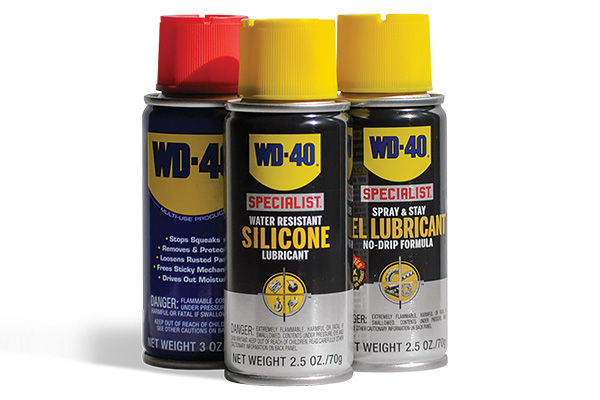 WD-40 Trio set
WD-40 Trio set
Sprays packaged together in convenient sizes.
 VisualAssistance system
VisualAssistance system
Connect with assistance virtually with app.

Article Topics
MRO News & Resources
Avidbots showcases autonomous cleaning robots Traka exhibits modular lockers MRO Survey: Finding and keeping the best technicians Maintenance, Repair and Operations: Understanding the true condition of the equipment Newly formed Bison combines AMETEK DFS and Bison Gear and Engineering Corp. Building (and maintaining) your maintenance, repair and operations (MRO) tech workforce The power side of lift truck battery and charger maintenance More MROLatest in Materials Handling
Registration open for Pack Expo International 2024 Walmart chooses Swisslog AS/RS and software for third milk processing facility NetLogistik partners with Vuzix subsidiary Moviynt to offer mobility solutions for warehouses Materials Handling Robotics: The new world of heterogeneous robotic integration BSLBATT is looking for new distributors and resellers worldwide Lucas Watson appointed CSO for Körber’s Parcel Logistics business in North America Hyster recognizes Dealers of Distinction for 2023 More Materials HandlingAbout the Author
Subscribe to Materials Handling Magazine

Find out what the world's most innovative companies are doing to improve productivity in their plants and distribution centers.
Start your FREE subscription today.
April 2024 Modern Materials Handling

Latest Resources










